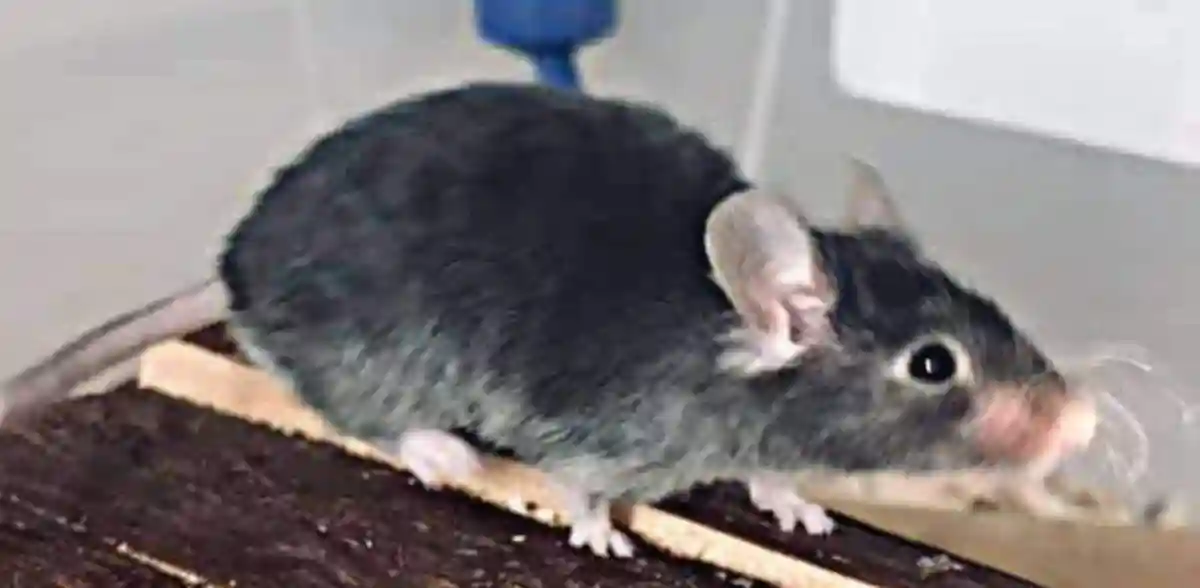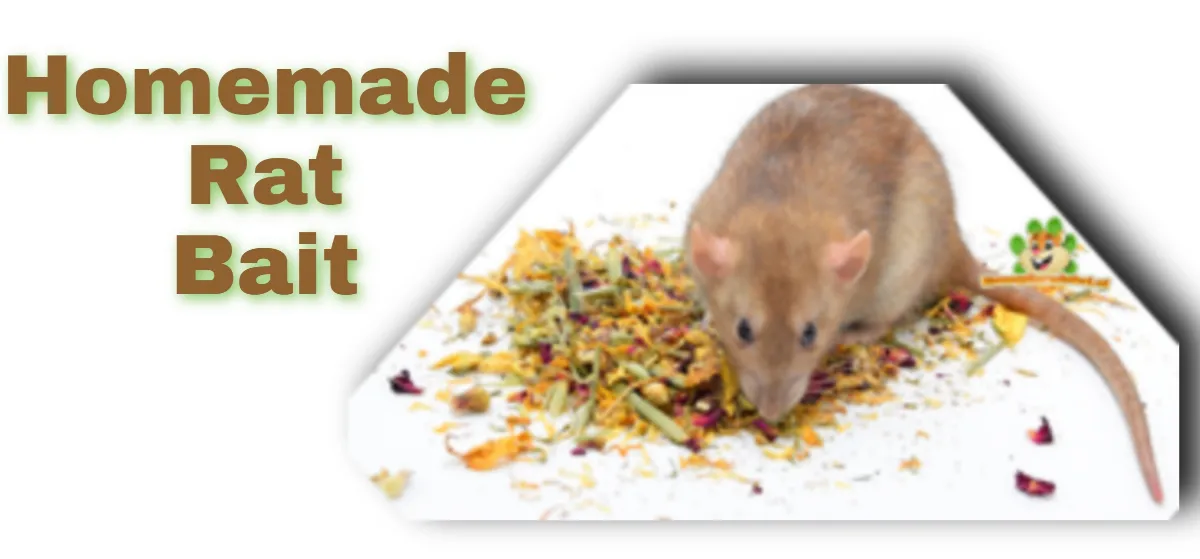While many associate garden pests with insects, mice often wreak havoc on house plants as well. Mice can create unsightly damage by burrowing through lawns and gardens, and they may eventually find their way into your home after establishing a presence in the garden.
In order to stop mice from eating my plants and home, I recognize what attracts them to the garden and alter the garden to effectively discourage mice from settling in to eat the plants.
How to stop mice from eating my plants

Below are the ways to stop mice from eating your plants:
1. Eliminate their hiding places
Mice are drawn to nesting sites such as brush piles, wood stacks, and tall grass. Maintain short grass during the gardening season. Avoid leaving spent plants near your garden; instead, bag them and dispose of them in the garbage
Regularly reposition wood stacks. To deter mice from infesting compost piles, make the area unappealing by turning the compost every week and moistening it with a garden hose.
2. Remove their food sources
If bird feeders are attracting mice to my garden, I typically consider removing them temporarily, just long enough to signal to the rodents that their easy meals have ended and stop mice from eating my plants.
So, just minimize birdseed spills by filling feeders with care and storing the seeds in secure metal containers that mice cannot gnaw through.
3. Control lawn grubs
Grubs are appealing to various rodents, including mice, gophers, moles, and rats.
Utilize treatments such as milky spore to eliminate lawn grubs, effectively removing the rodents’ food source.
As an added benefit for gardeners, this will also help decrease the population of Japanese beetles.
4. Maintain cleanliness near your garden
Ensure that garbage or recycling bins located near the garden are kept clean. I simply rinse them with a garden hose weekly to stop mice from eating my plants.
Additionally, you should use a household cleaner to scrub the insides. Residual food particles or odors on the bins may attract rodents to the area.
5. Seal the gaps
Mice can fit through openings as small as a dime (according to PennState Extension), so it helps to close any entry points into sheds or other structures to prevent them from finding a cozy place to overwinter. Use wood or metal to seal holes.
6. Build fences
Mice can be deterred from entering gardens and eating plants by erecting sturdy fences. The same fence that repels mice can also keep rabbits and gophers at bay, providing an additional advantage.
Create a fence using quarter-inch hardware cloth around your garden. Bury the cloth’s edge 18 inches beneath the soil and angle it outward several inches underground, away from the garden. If mice try to dig under the soil, they will encounter the hardware cloth and be forced to turn back.
7. Place mesh tubes
Use plastic mesh tubes around delicate seedlings to help protect them from being consumed by mice. I do this most of the time to stop mice from eating my plants in the garden.
8. Set up mice traps
Visit any hardware store, and you’ll find a variety of traps and devices claiming to repel rodents. Some are effective, while others work inconsistently.
Mice are intelligent and cautious creatures. They can quickly learn to evade predators and may soon realize that a repellent isn’t harmful. You may also need to change your approach periodically to outsmart the mice.
Also, water can be used to drive rodents out of their burrows. Direct a garden hose into a burrow opening to force the rodents to leave. They might return, but if the process is repeated often enough, mice may realize that the garden is not a suitable place to live and eat the plants.
If all other methods fail, consider using traps that won’t endanger pets, children, or non-targeted wildlife. Get an outdoor electronic rodent trap, which is weather-resistant and features an enclosed tunnel design to protect children and pets. Bait the traps with peanut butter to entice rodents.
In addition to conventional mouse traps, live traps can capture and hold up to 30 mice. Check these traps regularly to determine when they are filling up and require emptying, especially if using traps that can only catch a single rodent. When releasing the captured rodents, ensure that you do so at a considerable distance from your property, and be considerate of other people’s properties as well.
Why are mice eating my house plants?
The reason your house plants keep getting eaten by mice is likely due to the rodent using them as a storage spot for food.
Field mice in their natural habitat consume seeds, nuts, berries, vegetation, and small insects. Indeed, mice do eat plants, including garden plants and houseplants. They have a particular preference for seeds, making newly planted garden seeds such as corn and sunflower seeds highly attractive to them. Mice are also attracted to emerging grass seeds, grains, and leafy green vegetables in your garden.
Signs of mice in garden
The following signs should tell if you have mice presence in your garden:
1. You saw a mouse
In addition to activity in your yard and garden, mice often traverse power lines, particularly during dawn and dusk. Keep an eye out for mice on fences and trees as well.
2. Disappearing plants overnight
Newly planted, seedlings, and sprouts may vanish overnight without a trace. You have mice to blame.
While deer and rabbits chew plants from above, often leaving roots behind, mice eat plants from below, tugging at or gnawing on roots.
3. Tunnels in the ground
Mice and other rodents frequently create underground tunnels, connected by small entry and exit holes. Gophers leave larger, more noticeable soil mounds than mice.
These tunnels serve as mice highways, allowing them to damage plants simply by traveling through the ground.
4. Mounds in your garden
Unless you’re certain it’s a mouse or mice eating the plants in your garden, it could be gophers or even rats since they build soil mounds to mark the entrances to their burrows.
5. Mouse droppings
Mice leave droppings behind. Rodent droppings resemble black grains of rice.
Places mice could be nesting in your garden
Common mice hideouts in garden include:
1. Compost piles
Poorly managed compost piles can serve as a feast for mice. They can be easily spotted, especially after disturbing the pile and uncovering their nests. Mice are common compost pile intruders.
2. Sheds
Look for indications of digging around your garden shed. Rodents can burrow beneath sheds and establish their own living quarters.
3. Garbage and recycling bins
If you store your garbage and recycling bins outdoors, search for droppings and gnaw marks, which are clear signs of rodent presence. Regularly inspect these containers for holes and consider switching from plastic to metal cans.
4. Wood piles
Outdoor wood piles are appealing nesting sites for rodents. If your woodpile is in the garden, you might have unintentionally created a mice haven for mice to eat the planta. Rearrange the pile periodically.
5. Bird feeders
Bird feeders can attract mice to the garden due to the seeds dropped by birds. Storing birdseed in garden sheds or garages can also be enticing to rodents. Always store birdseed in a sealed, metal, galvanized container.
Conclusion
So, that’s all about how I stop mice from eating my plants. Just follow the suggestions carefully to send them away. If you catch a live mouse, make sure to dispose of them miles away. Also, be careful not to get bitten by mice—the bite can be infectious since mice carry and spread diseases.





